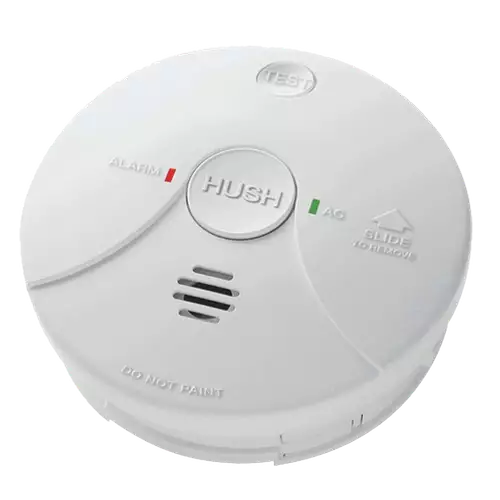A sleeping person is unable to smell smoke and therefore cannot detect a fire. Smoke alarms are an essential early warning system that help save lives by waking occupants and alerting them to the dangers of fire and smoke.Building regulations state that every existing home must install a working smoke alarm by February 1999. New homes must have smoke alarms installed prior to occupancy.
Smoke alarms are inexpensive and can be easily installed.
Be sure to purchase smoke alarms that meet Australian Standards.For minimum protection, install a smoke alarm outside each bedroom or sleeping area in your home. If you live in a house with more than one level, install a smoke alarm on each level. It is preferred that smoke alarms be interconnected.
Some types of smoke alarms can be interconnected to each other, so that if one alarm sounds the other alarms are also activated.Houses with a children's wing need interconnected alarms linking to an alarm near an adult's bedroom. Studies have shown that 85 percent of sleeping children do not wake to the sound of a smoke alarm.
A smoke alarm that's not working is useless and provides a false sense of security.
- Once a week - test the alarm by pushing the test button with a broom handle to ensure it beeps.
- Dust the alarm with a vacuum cleaner brush.
- At least once a year - change the batteries using the battery type listed on the alarm, ideally do it when you adjust your clock for daylight saving.


